Enjoy 10% off on our equipment with the code ZSk10
The History of Juggling: From Its Origins to Today
Will Hitchcock
11/25/20243 min read
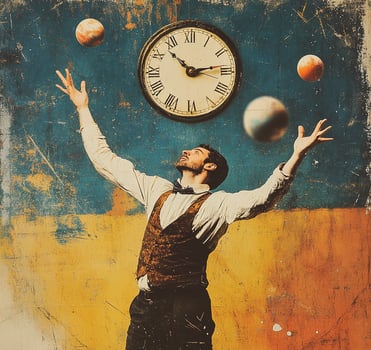

Its origins date back thousands of years, reflecting its cultural and artistic significance across civilizations.
Let’s explore the history of juggling together, from its earliest written records in antiquity to its contemporary evolution.
The Ancient Origins of Juggling
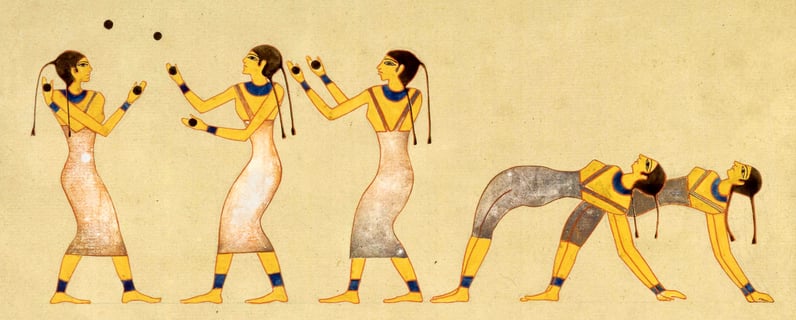

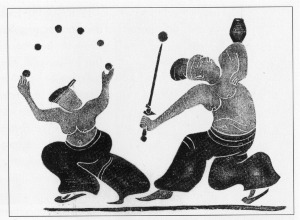

The first evidence of juggling dates back to ancient Egypt, around 4,000 years ago.
Frescoes found in the princely necropolis of Beni Hassan depict women juggling balls or similar objects, likely in a ritual or ceremonial context.
In ancient China, juggling was part of imperial performances, where artists performed impressive acts before the emperors.
Around the same time, in Greece and Rome, jugglers were traveling performers who entertained crowds during festivals or religious celebrations.
During the Middle Ages in Europe, juggling was often associated with troubadours and street performers. Jugglers, sometimes referred to as "minstrel jugglers," performed at fairs, markets, and royal courts.
At that time, juggling was seen both as an art form and as a humble trade.
However, the medieval Church sometimes viewed these practices with suspicion, considering them frivolous or even diabolical. Despite this, juggling endured and evolved over the centuries.
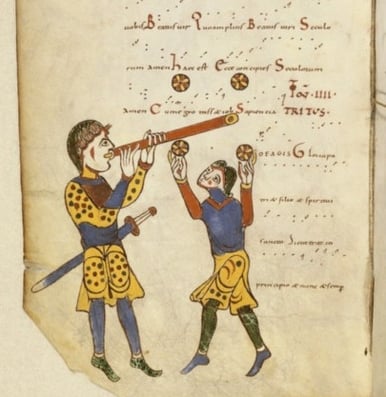

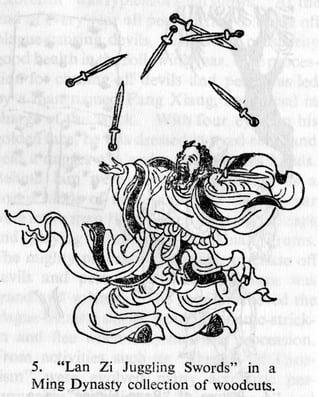

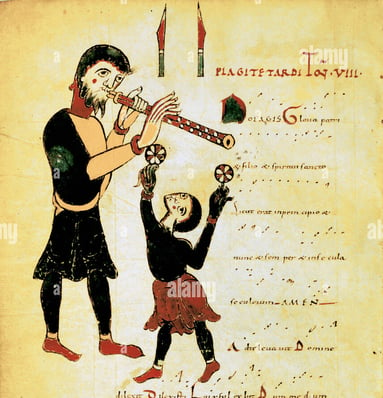

Juggling in the Middle Ages
From the 19th century onward, juggling experienced a revival thanks to the emergence of modern circuses.
Artists like Paul Cinquevalli and Enrico Rastelli elevated juggling to the level of a spectacular art form by introducing technical and creative performances that captivated audiences.
The circus, with its grand tents and traveling shows, became the primary home of juggling. Clubs and rings, still widely used today, made their debut during this period.
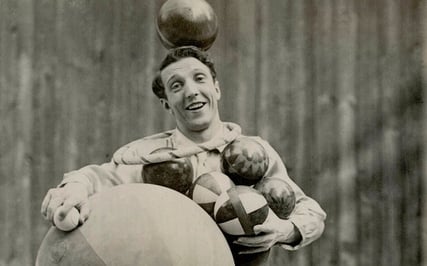

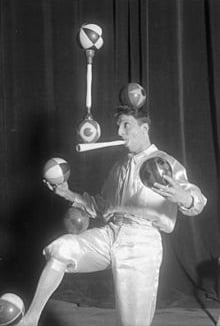

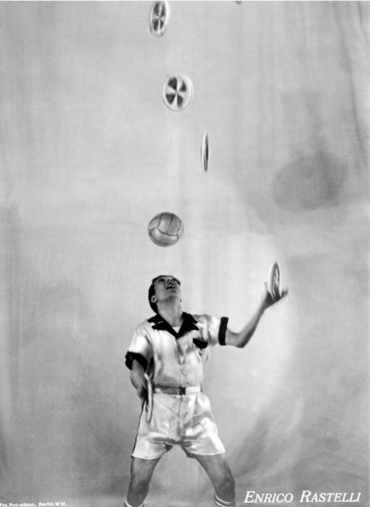

Enrico Rastelli 1896 - 1931
Enrico Rastelli is recognized as one of the greatest jugglers of all time. He is known for juggling 10 balls, 8 sticks, and 8 plates.
He was also one of the first jugglers to use a soccer ball and large plastic balls for balancing acts.
The Revival of Juggling in the Modern Era
Today, juggling has diversified and evolved.
It is no longer limited to circus performers; it has expanded to include amateurs, athletes, and creativity enthusiasts.
In visual and performing arts, modern jugglers incorporate elements of dance, theater, and even technology, such as luminous or interactive objects.
In the sports world, juggling competitions (or "juggling games") bring together participants from around the globe.
In education, juggling is used to improve coordination, concentration, and motor skills, particularly in children.
International festivals, such as the European Juggling Convention (EJC), celebrate this art form, gathering jugglers of all skill levels to share their passion and innovate together.
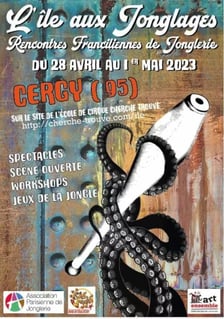



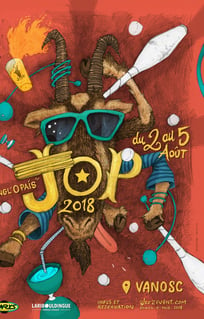

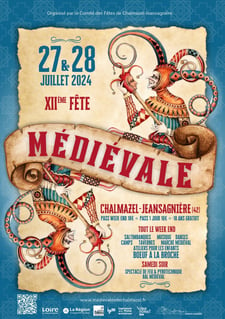

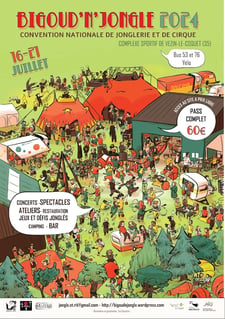

Contemporary Juggling: Between Tradition and Innovation
An Timeless and Universal Art
Juggling, whether practiced as a hobby, art, or sport, continues to captivate with its simplicity and universality.
From its ritualistic origins to its most inventive modern forms, it reflects human ingenuity and creativity.
By practicing it, you are not just balancing objects in motion; you are participating in a millennia-old tradition, at the crossroads of history, culture, and artistic expression.
So, why not let yourself be tempted by this ancient yet ever-relevant art? 🎪✨
Sources
On our website ZaouStockJonglages.net, we offer equipment suitable for everyone, as well as video tutorials to help you learn at your own pace.
>>>
<<<
Contact
jonglages@zaoustockjonglages.net
+33 6 16 04 49 44
© ZaouStocK Jonglages 2024. All rights reserved.
Newsletter



